The New York Declaration (released April 19, 2024)
Last month, a prominent group of 39 cross-disciplinary scientists released The New York Declaration of Animal Consciousness, acknowledging (1) the “strong scientific support” of conscious experience in birds and mammals; (2) “the realistic possibility of conscious experience” in all vertebrates (including reptiles, amphibians, and fishes) and many invertebrates (including, at minimum, cephalopod mollusks, decapod crustaceans, and insects);” and that (3) it is “irresponsible to ignore that possibility [of conscious experience] in decisions affecting that animal.”
Among the initial signees are Anil Seth, Christof Koch, and David Chalmers. The declaration focuses on phenomenal consciousness (sentience, subjective experience). It seeks to encourage research and funding for animal consciousness (towards improved theories of consciousness overall), and puts forth a consensus among leading scientists: “certainty about consciousness should not be required for consideration of welfare risks” (Andrews et al., 2024).
Advancements since the Cambridge Declaration (2012)
The recent Declaration is not the first of its kind. In 2012, a group of neuroscientists released The Cambridge Declaration on Consciousness, recognizing the need for the field of consciousness research to reassess some of its key assumptions. They concluded that “humans are not unique in possessing the neurological substrates that generate consciousness” and that many non-human animals have the capacity for conscious awareness and intentional behaviors (Low et al., 2012).
A flourish of research in animal cognition in the ensuing decade has yielded remarkable findings of conscious activity, often in previously overlooked species. In the last two years alone we’ve learned that bees display apparent play behavior, zebrafish show signs of curiosity, and fruit flies have active and quiet sleep–and social isolation disrupts their sleep patterns (Andrews et al., 2024). This emerging picture of “surprisingly rich inner lives” across the animal kingdom prompted top researchers in biology, cognitive science and philosophy (Jeff Sebo, Kristen Andrews, and Jonathan Birch) to further update where the science is and where it is heading.
New paradigm for understanding internal states
This recent Declaration presents an exciting opening for a more comprehensive view of consciousness than previously imagined. It signals a new paradigm of research into animal cognition, looking beyond the capacity for intentional behavior and moving towards understanding internal states.
The 2024 Declaration shows a move away from the hyperfocus on neurological substrates, with a growing recognition that (1) in other animals, the architecture for consciousness may look completely different than in humans, and (2) consciousness may not necessarily be “generated.”
Multidimensional framework
It also shows a shift in the types of thinking about parameters for consciousness, marking a move to a more multidimensional framework approach–and improved experimental design–to consider conscious experience across species.
For example, the cleaner wrasse fish appear to pass a version of the mirror-mark test, and garter snakes pass a scent-based version of the mirror-mark test (Andrews et al., 2024). A visual mirror-mark test would not be appropriate for snakes, whose sensory systems rely on scent to navigate, yet an appropriately designed test has indicated species-specific markers of self-recognition. Notably, neither fish nor reptiles were included in the earlier Cambridge Declaration. Considering species on their own terms may help us better understand consciousness in general.

Towards new theories of consciousness
Since the original Cambridge Declaration we’ve witnessed a proliferation in substrate-independent theories of consciousness and evidence for the possibility for non-local consciousness.
The widening picture of sentience could further support views that consciousness evolved much earlier than previously assumed or that it may be primary (meaning that, like energy, consciousness may be fundamental, as opposed to an emergent property of physical matter or processes).
Significance for consciousness research
In our ongoing search to understand consciousness, the evidence of widespread animal sentience has very real-world implications for how we interact with other species. Recognizing the current state of science on this topic sets a public record that may be used to guide further research and inform policy, without waiting for scientists to solve “the hard problem” of consciousness. The New York Declaration makes a meaningful, actionable, and exciting step forward in consciousness research.
References:
- Andrews, K., Birch, J., Sebo, J., and Sims, T. (2024) Background to the New York Declaration on Animal Consciousness. nydeclaration.com.
- Low, P., Panksepp, J., Reiss, D., Edelman, D., Van Swinderen, B., & Koch, C. (2012, July). The Cambridge Declaration on Consciousness. In Francis Crick Memorial Conference (Vol. 7). England: Cambridge.

